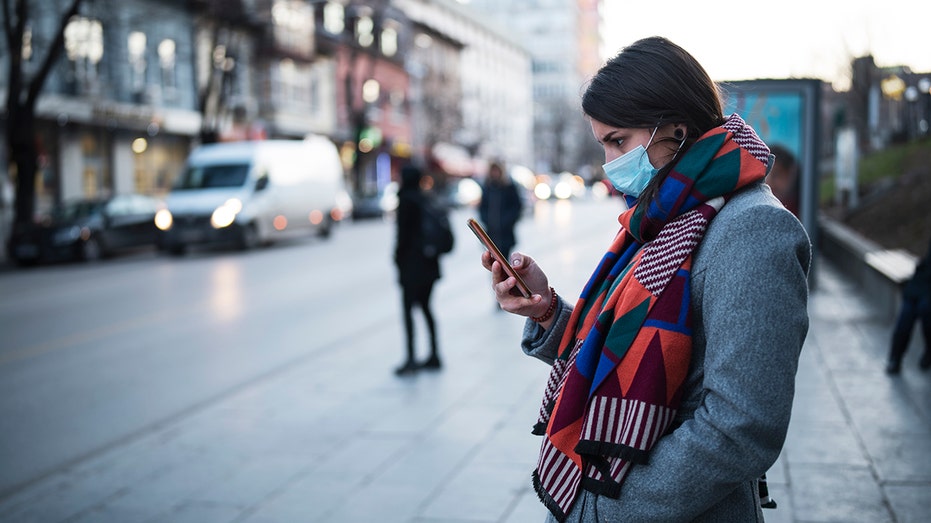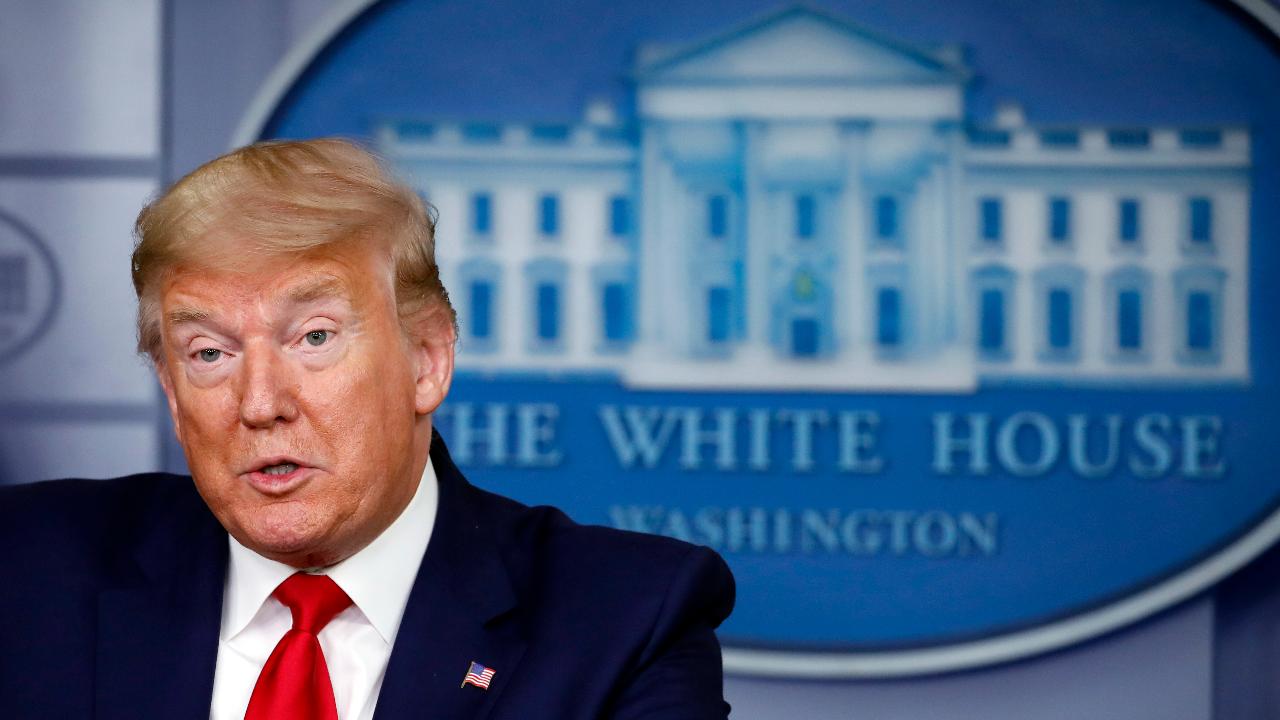Tricks to unlock your smartphone in coronavirus face mask
Resting Risk Face is one of many companies working to solve this
Get all the latest news on coronavirus and more delivered daily to your inbox. Sign up here.
Unlocking smartphones with facial recognition became more difficult once health officials began urging everyone to wear face masks to slow the spread of COVID-19.
Naturally, scores of videos have surfaced online to try and help solve this minor inconvenience.
Some of the demonstrations encourage users to reset their phone's facial recognition -- or FaceID -- settings and to reregister by covering portions of their mouths. The hack is supposed to mimic what a users face would look like with a mask on.
CDC RECOMMENDS 'VOLUNTARY' CORONAVIRUS MASK WEARING
Prior to the pandemic, major tech companies began installing facial recognition technology, like Apple's Face ID, to increase the likelihood that its owner would be the only one to unlock the phone. However, masks, which are unrecognizable to the software, are complicating matters.
Earlier this month, the Centers for Disease Control and Prevention changed its recommendation to urge Americans to wear cloth face coverings when out in public. These coverings, which officials suggest could be made from household items or non-surgical masks, should be used in cases where social distancing measures are difficult to maintain such as going to grocery stores and pharmacies.
Officials said people who lack symptoms may be carrying the virus and transmitting it to others by speaking, coughing or sneezing.

(iStock)
However, Apple, one of many major tech behemoths that developed facial technology to keep their users protected, contests the theory.
“Face ID is designed to work with your eyes, nose, and mouth visible," Apple told FOX Business Friday. Users can still unlock their devices while wearing a mask by entering their passcode.”
HOW TO MAKE CORONAVIRUS FACE MASKS AT HOME
And while many homebound American's are struggling, this is a problem that medical professionals have been dealing with for some time.
Luckily, a San Francisco-based product designer Danielle Baskin developed another solution that may be able to help, the Wall Street Journal reported.
Baskin is developing N95 masks, using computational mapping, to convert your facial features into an image that is printed onto the surface of surgical masks.

Resting Risk Face masks (Resting Risk Face)
“If there’s a value to making these for people that work in hospitals, I’m interested in developing it,” Baskin told the newspaper.
To cheat the system, Baskin says all you have to do is add a second “face” to your phone's system. The masks are even said to work with TrueDepth, Apple's camera system that replaces the front-facing camera on the iPhone X and newer models, according to Baskin's website, Resting Risk Face.
"After research and tests, we developed a contoured version of our masks that are compatible with depth sensors. You just need to set it as an additional face," the website explains.
The ink is non-toxic and doesn't affect someone's ability to breathe, according to the website.
Once the shortage for critical medical face masks dissipates, Baskin told the Journal she plans to make facial recognition respirator masks available for purchase. The masks, which are still in development, will be sold for $40.




















